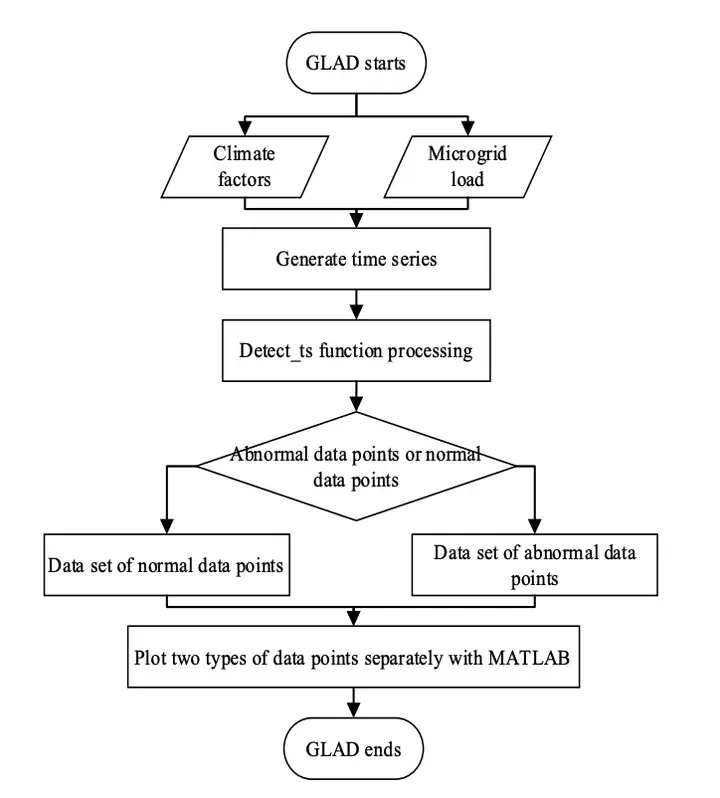GLAD: A Method of Microgrid Anomaly Detection Based on ESD in Smart Power Grid

Abstract
A microgrid is defined as a group of interconnected loads and distributed energy resources, that the electrical loads fluctuate with respect to the grid. When focusing on load anomaly in microgrid, different from the traditional centralized grid (macrogrid), a method of microgrid anomaly detection based on the extreme studentized deviate(ESD) test, is proposed as GLAD (grid load anomaly detection). GLAD under the enhanced ESD is adapted to solve this problem properly, using the detect_ts function of PyCuliarity library to carry out anomaly detection simulation experiment in Python software, according to a series of statistical analysis. In the paper, the existing time series and anomaly detection methods are firstly analyzed and summarized, then GLAD are designed to detect the grid load variations. Some conventional anomaly detection methods are also discussed for higher efficiency of GLAD. Moreover, there are still better methods for anomaly detection of microgrid, Finally, GLAD with machine learning modeling is discussed for the future smartgrids of anomaly detection in distributed energy resources.
Supplementary notes can be added here, including code, math, and images.